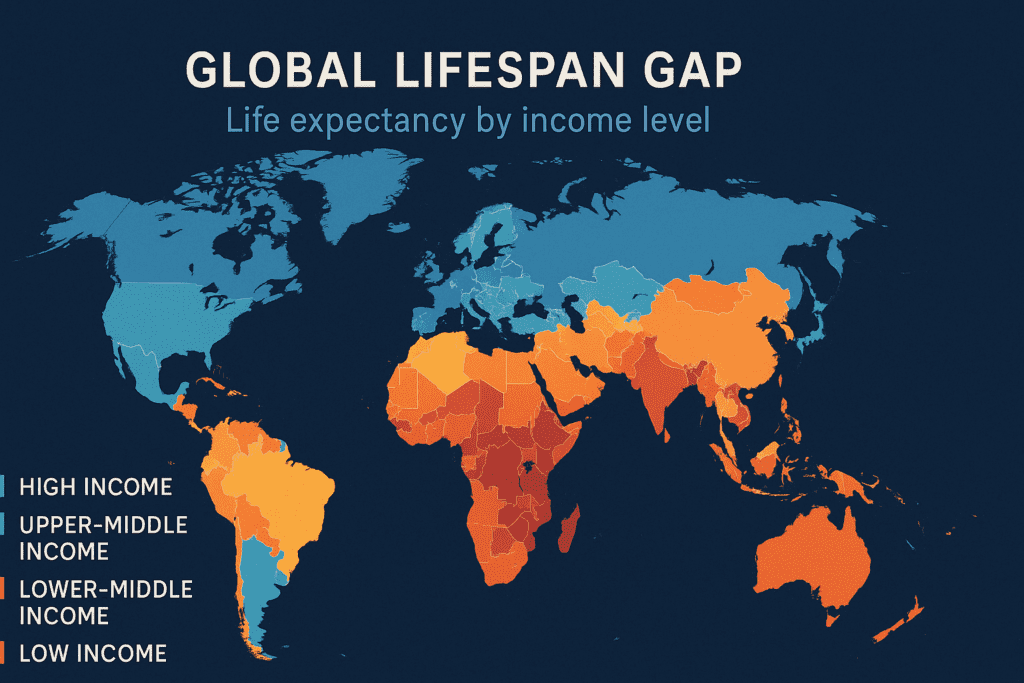Longevity at a Luxury Price – Who Can Afford to Live Longer?
The Quest for Eternal Youth: A Privilege Reserved for the Few?
The pursuit of longevity—extending human lifespan while maintaining vitality—has transitioned from science fiction to a booming global industry. Yet, as cutting-edge therapies emerge, a pressing question arises: are these advancements accessible to all, or are they merely a luxury for the wealthy elite?

The Price Tag of Prolonged Life
From personalized gene therapies to AI-driven health diagnostics, the cost of longevity treatments can soar into the hundreds of thousands. For example:
– Cryotherapy sessions and stem cell rejuvenation clinics charge upwards of $50,000 per treatment.
– Epigenetic testing and bespoke nutrition plans require annual subscriptions averaging $10,000.
– Experimental drugs like rapamycin analogs, touted for anti-aging properties, remain financially out of reach for most.
These therapies are rarely covered by insurance, leaving them accessible only to ultra-high-net-worth individuals.
The Socioeconomic Divide in Lifespan Extension
A New Frontier of Inequality
Longevity innovations risk exacerbating existing disparities. While the wealthy invest in preventive biotechnology, lower-income populations grapple with basic healthcare access. A 2023 study revealed that the lifespan gap between the richest and poorest populations could widen by 15–20 years if longevity tech remains unregulated.
The “Longevity Economy” Boom
The market for anti-aging products is projected to reach $1.3 trillion by 2030, driven by demand from affluent consumers. Startups catering to this demographic offer VIP memberships to exclusive longevity resorts, “biohacking” retreats, and disease-screening nanotechnology—services that redefine aging but ignore affordability.

Democratizing Longevity: Is It Possible?
Scaling Down Costs, Scaling Up Access
Some innovators aim to make longevity affordable. Initiatives include:
– Open-source research platforms sharing data on aging biomarkers.
– Government-funded trials for age-reversal drugs like metformin.
– Community health programs integrating low-cost dietary and fitness interventions.
However, progress is slow, and systemic barriers persist.
Ethical Dilemmas and Global Implications
If longevity remains a luxury, societies could face unprecedented ethical challenges:
– Resource allocation: Will life-extending therapies drain public health budgets?
– Intergenerational equity: Could extended lifespans strain pension systems and job markets?
– Moral responsibility: Should governments cap pricing or mandate access?
Conclusion: A Future of Inclusive Longevity?
The promise of longevity is undeniable, but its current trajectory risks creating a world where time itself becomes a commodity. As science advances, balancing innovation with equity will determine whether extended lifespans become a human right or a permanent privilege.




